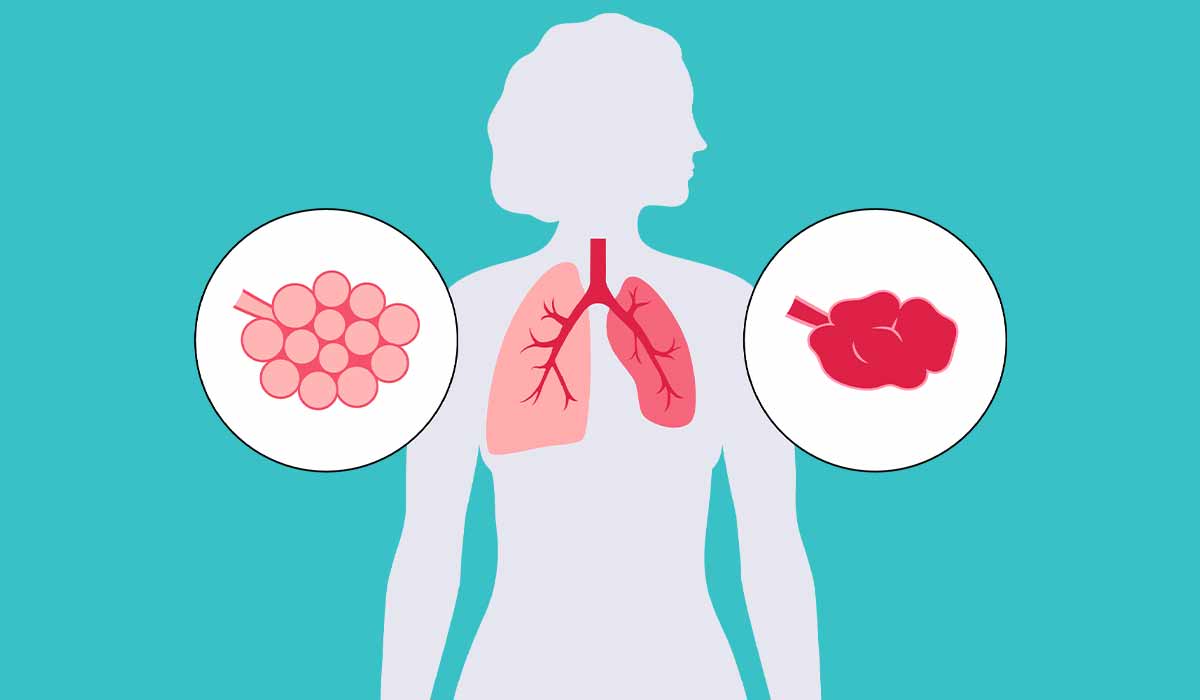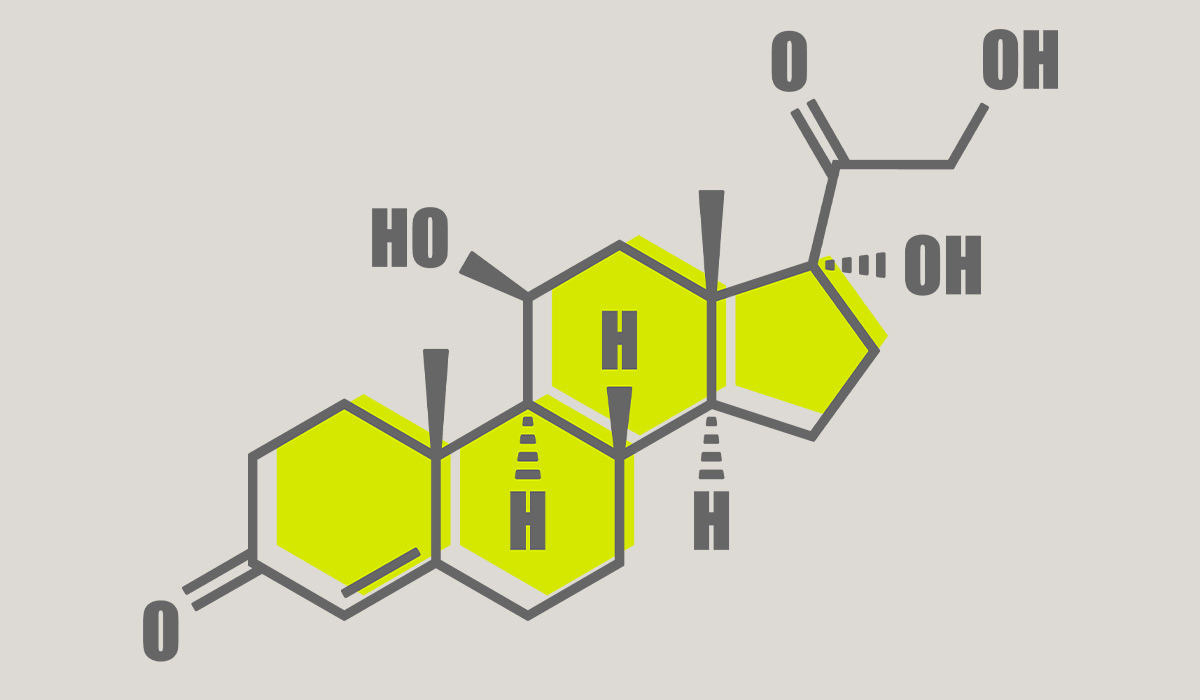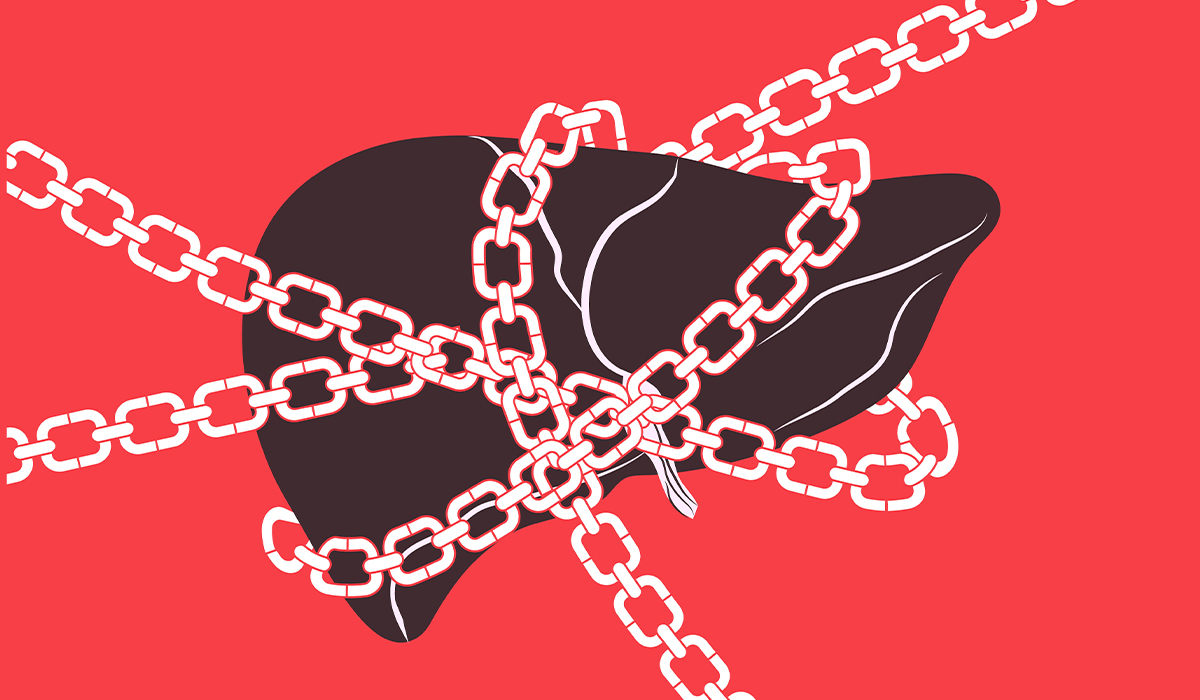Most often, a child dies in its bed, but it also happens while sleeping in the same bed with its parents. In the case of sudden infant death, the death of a child usually occurs for unexplained reasons.
To determine whether the child died as a result of SIDS, a specialist performs a post-mortem examination. Investigations into the circumstances of a child’s death are intended to exclude accidental suffocation, obstruction of breathing due to bedding, or crushing by an adult.
SIDS is the most common cause of infant death. Statistics say that the incidence of sudden infant death syndrome is approximately 0.1-2.5 cases per thousand live births. The percentage varies depending on the region and the preventive programs used.

At What Age Is the Risk of Sudden Death Greatest?
SIDS most often affects children who are under one year of age. Statistically, the sudden infant death syndrome mainly affects infants between the second and fourth months of life. Moreover, this unpleasant phenomenon most often occurs in male infants, in infants born prematurely (before 37 weeks of pregnancy), or in full-term infants who had a low birth weight (less than 2.5 kg) at birth.
Considering the influence of weather-related variables, such incidents are more prone to occur during colder months when temperatures necessitate the use of heating, leading to heightened circulation of viruses. Additionally, children may be excessively bundled up, covered with thick bedding, or an extra blanket, thereby contributing to the likelihood of such occurrences.
Hence, parents of infants under one year of age are sensitive to this problem. Some of them, in order not to miss their child’s breathing problems, install breathing monitors on their beds, which alert when the baby stops breathing. However, these devices may cause false alarms.
Causes
The exact mechanisms underlying sudden infant death syndrome (SIDS) remain incompletely understood. Nonetheless, existing medical knowledge and numerous studies regarding infants who have succumbed to SIDS have led to the development of several theories. Below are some of the most common causes of Sudden Infant Death Syndrome.
Sleeping Position
When an infant sleeps on their stomach with the head turned downward, this posture can lead to hypoxia, carbon dioxide re-inhalation, and hypercarbia. It may also result in diminished arousal responses, heightened arousal thresholds, compromised cerebral blood flow, circulatory system disruptions, and body temperature irregularities.
Placing an infant’s head on its side while sleeping on the stomach, ostensibly to enhance safety, can cause spinal stretching, twisting, constriction of blood flow in the vertebral arteries, and ischemia of the central nervous system.
Elevated Body Temperature
Infant fatalities may be associated with thermoregulatory disturbances. Increased body temperature can disrupt the central regulation of respiration and circulation, elevate an infant’s arousal threshold, and consequently raise the risk of SIDS.
Elevated body temperature also fosters bacterial proliferation in the upper respiratory tract, potentially triggering an inflammatory response and substantially reducing nighttime cortisol levels.
Maternal Smoking
In SIDS cases involving infants whose mothers smoked during pregnancy, alterations in the arcuate nucleus of the hypothalamus are frequently observed. These changes entail delayed neuronal maturation and reduced neuron counts. However, it is important to note that tobacco smoke not only adversely affects the central nervous system but also impacts neurotransmitter secretion and cardiac function.
Risk Factors
The specialists categorize the risk factors for sudden infant death syndrome (SIDS) as internal and external. Internal factors increase a child’s susceptibility to harmful external influences and include the infant’s gender, age, birth weight, genetic predisposition, and the mother’s smoking status. External risk factors for sudden infant death syndrome are those that affect the baby before and during death. This group includes sleeping position, sharing the sleeping space with parents, soft mattresses, blankets, pillows, and the use of protectors on the bed rails.
Prematurity, Age, and Birth Weight
Infant death very rarely occurs in the first week of an infant’s life. It most often occurs between the 2nd and 6th month.
The risk of sudden infant death syndrome is slightly higher in boys and in premature babies, i.e., children born before the 37th week of pregnancy. The birth weight of the child is also significant – SIDS is more common in infants who weigh less than 2,500 g at birth.
Genes
Although sudden infant death syndrome has been studied by scientists for many years, the gene responsible for it has not yet been found. It does not mean that the existence of genetic causes is ruled out.
Exposure to Nicotine During Fetal Life
Most sources indicate that a crucial factor increasing the risk of SIDS is the exposure of the child to nicotine during fetal life, i.e., smoking during pregnancy. Doing so increases the likelihood of a child’s sudden death by as much as five times.
Sleeping Position
One of the most significant factors that increases the likelihood of sudden infant death syndrome is putting a baby to sleep on its stomach. This position is now estimated to increase the risk of SIDS by up to fourteen times.
Sharing Sleeping Space with Parents
Numerous studies confirm that sleeping an infant in the same bed with its parents increases the likelihood of sudden infant death syndrome. It is mainly due to the high risk of the baby being smothered, covered, or overheated.
At the same time, some publications show that sleeping close to parents or guardians reduces the risk of sudden infant death syndrome – this may lead to the assumption that scientists are providing contradictory information. However, this is a wrong conclusion: experts recommend that children sleep in their parents’ room but not in their bed.
Bed Protectors
Research has shown that cot bumpers may also contribute to sudden infant death syndrome. It’s particularly dangerous when a sleeping child buries their face in the bumper, as the carbon dioxide they exhale can become trapped between the face and the protector and then be reabsorbed into the body during subsequent breaths.
Soft Mattresses, Blankets, Pillows, and Mascots
It’s important to remember that the risk of sudden infant death syndrome increases when a baby is put to sleep on a soft mattress, thick blanket, or quilt. The baby’s weight can cause depressions on soft surfaces, making it difficult for the baby to move. Additionally, any extra blankets, soft toys, or pillows may cover the child’s face, leading to suffocation.

Other Risk Factors
It is important to consider the following factors that can increase the likelihood of a baby suffering from sudden infant death syndrome:
- Childbirth occurs after the 41st week of pregnancy
- Apgar score of less than 6 points
- Perinatal infection, respiratory problems, or congenital defects
- ICU stay
- Consumption of modified milk rather than natural milk
- Exposure to extreme temperatures (cooling or overheating)
- Respiratory infections
- Exposure to cigarette smoke in the environment
Factors on the mother’s side include:
- Short intervals between pregnancies (less than a year)
- History of miscarriages
- Pregnancy complications
- Inadequate prenatal care
- Young maternal age (less than 20 years old)
- Low education and socio-economic status
- Alcohol or drug use during pregnancy
Symptoms
SIDS presents itself similarly to any other form of infant death. Diagnosing a stillborn infant involves observing the absence of vital functions such as breathing, pulse, and heartbeat. The baby does not respond to resuscitation.
It is important to be aware of symptoms that may indicate a risk of SIDS, including:
- Breathing problems (heavy, wheezing, loud, or uneven breathing)
- Pale or blue skin
- Groaning during sleep or wakefulness
- Coughing while sleeping
- Seizures during sleep
- Vomiting
- Loss of appetite
- Unexplained changes in body temperature (sudden increase above 38 degrees Celsius or drop below 36 degrees Celsius)
- Temporary loss of responsiveness during play
However, in many cases, a baby at risk of SIDS may not exhibit any noticeable symptoms. The baby may appear healthy and develop normally, with no specific abnormalities noticed by the parents.
Prevention
Sudden Infant Death Syndrome (SIDS), colloquially referred to as cot death, has seen a decline in incidence owing to concerted educational efforts and parental adherence to medical directives. It is imperative to acquaint oneself with the contemporary recommendations put forth by the American Academy of Pediatrics, as documented in the 2016 edition of “Pediatrics.”
Room-sharing For Infant Sleep
Prohibit placing the infant in a separate room until reaching 6 months of age, and ideally extending to 12 months. Research substantiates that room-sharing with parents diminishes the risk of SIDS by as much as 50%.
Do not let your child sleep in a car seat, stroller, or bouncer. If your baby has fallen asleep in one of the above, move them to their crib.
Co-sleeping Caution
Despite the convenience and facilitation of breastfeeding, co-sleeping heightens the probability of sudden infant demise. Vigilance is warranted, as inadvertent overlaying and bedding entrapment pose inherent risks.
Cultivate Early Independent Sleeping Habits
Foster the infant’s proclivity for solitary sleep from inception. If parental proximity is a concern, consider employing a bedside cot, thereby ensuring both the infant’s security and the parents’ solace.
Put The Baby to Sleep on Its Back
Always ensure that your baby is placed to sleep on its back to mitigate the risk of sudden infant death syndrome (SIDS). This recommendation extends to children with gastroesophageal reflux and premature babies. If apprehensive about the baby choking on regurgitated milk, consider elevating the head of the crib using a few books positioned under the legs on the headboard side.
Before your baby is 6 months old, do not put any unnecessary objects in their bed. Also, remember that a baby should sleep without a pillow – all you need is a mattress, a fitted sheet with elastic bands, and a sleeping bag. Such a small child does not squirm very much during sleep, so they do not need a protector on the bed rails.
Breastfeed Whenever Possible
The recommendations of scientists and doctors are clear: breastfeed if you can. Some studies show that natural feeding reduces the risk of sudden infant death.
Avoid Overheating The Infant
Due to their inadequate thermoregulation, it is essential to prevent overheating. Dressing the infant in an additional layer relative to one’s attire will help maintain an appropriate body temperature.
Prohibit Smoking in the Vicinity of the Child
Cigarette smoke poses significant health risks to both infants and older children. It is imperative to refrain from smoking near the infant and to dissuade others from doing so.
Encourage Pacifier Use
If the infant prefers pacifiers, it is advisable to permit this practice. Research suggests that pacifier use may reduce the incidence of sudden infant death syndrome (SIDS).

Considerations Regarding Home Breathing Monitors
While some parents opt to utilize home breathing monitors as a preventive measure against SIDS, it is noteworthy that the American Academy of Pediatrics does not endorse their use and discourages it. These monitors have been known to yield false alarms, contributing to unwarranted familial stress. Scientific research also indicates the lack of benefits from using home breathing monitors.
These devices are recommended solely for cases involving heightened risk, specifically:
- Children with respiratory and circulatory abnormalities
- Children afflicted with conditions that may induce apnea
- Children who have previously encountered life-threatening circumstances (e.g., an infant requiring resuscitation)
- Premature infants
- Children whose older siblings have succumbed to Sudden Infant Death Syndrome (SIDS)
Ultimately, the decision rests with the parents. If their fear of SIDS is so profound that it impedes their ability to sleep at night (e.g., due to regular monitoring of the infant’s breathing), consideration of such a purchase is warranted.
Sources
- The Epidemiology of Sudden Infant Death Syndrome and Sudden Unexpected Infant Deaths: Diagnostic Shift and other Temporal Changes. NIH.
https://www.ncbi.nlm.nih.gov/books/NBK513373/ - About SIDS. NIH.
https://www.nichd.nih.gov/health/topics/sids/conditioninfo - Sudden Infant Death Syndrome (SIDS). NIH.
https://www.nichd.nih.gov/health/topics/factsheets/sids - What Are the Known Risk Factors?. NIH.
https://safetosleep.nichd.nih.gov/about/risk-factors - Sudden infant death syndrome (SIDS). NHS.
https://www.nhs.uk/conditions/sudden-infant-death-syndrome-sids/ - Sudden Infant Death Syndrome. NIH.
https://www.ncbi.nlm.nih.gov/books/NBK560807/ - Ways to Reduce Baby’s Risk. NIH.
https://safetosleep.nichd.nih.gov/reduce-risk/reduce - Other SIDS FAQs. NIH.
https://www.nichd.nih.gov/health/topics/sids/more_information/other-faqs
- SIDS: What Is, Causes, Risk Factors, and Symptoms
- What Is SIDS?
- Causes
- Risk Factors
- Symptoms
- Prevention
- Room-sharing For Infant Sleep
- Co-sleeping Caution
- Cultivate Early Independent Sleeping Habits
- Put The Baby to Sleep on Its Back
- Breastfeed Whenever Possible
- Avoid Overheating The Infant
- Prohibit Smoking in the Vicinity of the Child
- Encourage Pacifier Use
- Considerations Regarding Home Breathing Monitors

